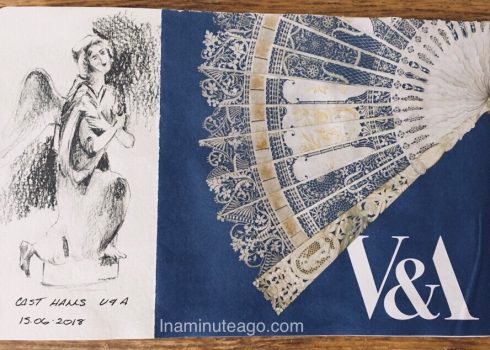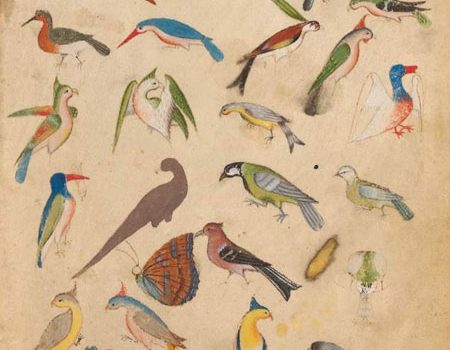Picular colour Picker
Picular is a fast colour picker that uses Google’s image search to make the selection. Type in a word and a colour palette is generated. I played with words such as Paris, spring, winter, summer, autumn, ice cream, lollie pop, candy, cake, beach, forrest, pebbles, sunset, flowers and feminine. I also had fun with words like joy, peace and laughter. The interface is fast and easy to use. Basically you type in a search term and hit enter. Picular then generates a series of colour swatch tiles. For fun I typed in the word Paris. In the left had corner the RGB hex …



